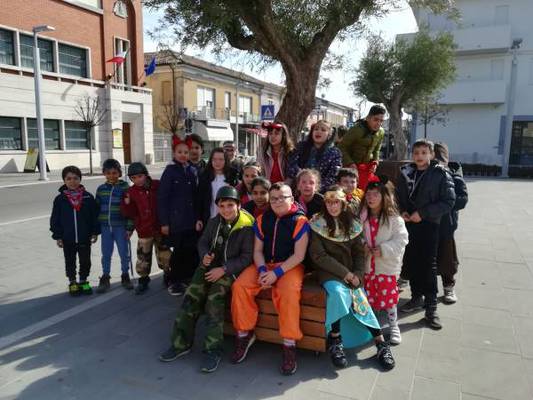
Traditions are important part of our past and to know own traditions and also European traditions is good and useful. Because traditions are our treasure. So we tried to remind them in this project.
It is interesting that some of our traditions are so similar and some really different. 
Morena
Slovakian team realized 1tradition from the past at school - Morena. Pupils brought the straw doll to the river and symbolic way only - they said goodbye to winter and welcomed spring.
We realized this tradition at our folk club so pupils wore folk costumes.
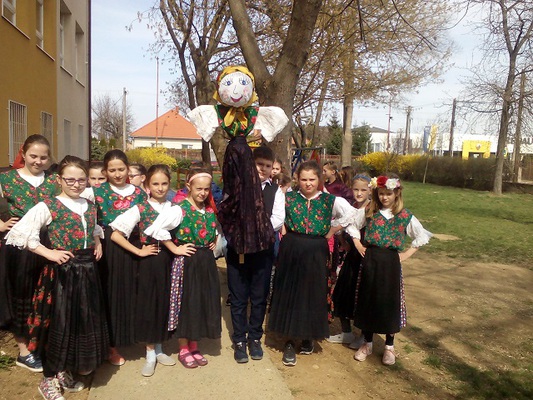


Saint George is the guardian of the Pušća municipality.
Jurjevo or Saint George’s Day is traditionally celebrated on 23 April.
According to Croatian folk tradition, it is considered as the first day of spring.
In the past, on Jurjevo, people organized horse races and led horses in front of the church to bless them.
Today, people build bonfires the night before or on Saint George’s Day.
Then they gather around the bonfire to dance and sing.
It is believed that St George’s bonfire has magical powers to protect people from illness and evil spirits.
St George’s bonfire is organized in Pušća every spring and all the locals gather around the fire and have fun.
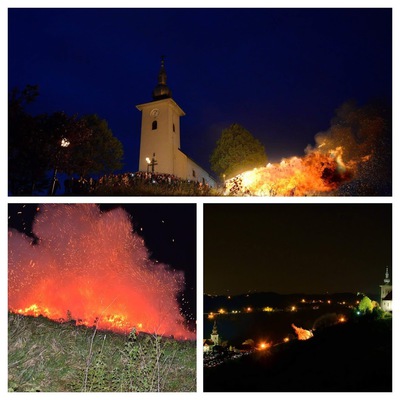


Portuguese Liberty Day – April 25th
April 25, 1974. At dawn, MFA (Armed Forces Movement) soldiers occupied the Radio Clube Português studios and, through the radio, explained to the population that they wanted the country to be a democracy again, with elections and freedoms of the whole order. In fact, songs that the dictatorship did not like, such as Grândola Vila Morena, by Zeca Afonso, were put on the air.
At the same time, a military column with tanks, commanded by Captain Salgueiro Maia, left the Practical School of Cavalry in Santarém, and marched to Lisbon. In the capital, he took positions with the ministries and then surrounded the headquarters of the GNR do Carmo, where he had taken refugee Marcelo Caetano, Salazar's successor at the head of the dictatorship.
During the day, the population of Lisbon joined the military. And what was a coup was a revolution. At one point, a flower seller began distributing carnations. The soldiers stuck the nail into the barrel of the rifle and the civilians put the flower to their chest. That is why today we call it the Carnation Revolution. Some shots were fired into the air, but no one died or was injured: it was a peaceful revolution, as never existed in history.
Late in the afternoon, Marcelo Caetano (the last President of the New State) surrendered and handed over power to General Spínola, who, although he did not belong to the MFA, did not think in the same way as the government about the colonies. A year later, on April 25, 1975, the Portuguese voted for the first time in freedom for many decades.
Every year in the school is celebrated with exhibitions, theaters, lectures ...
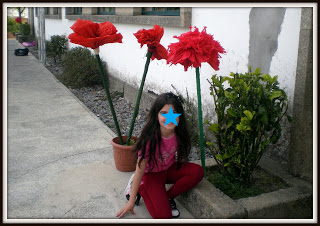
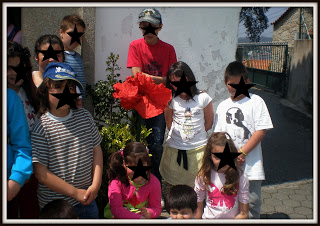

Mother’s day
Every year on the first Sunday of May, Mother's Day is celebrated in Portugal. In the schools, the students prepare a little meal to give them with much affection.



We celebrated the first day of spring at our schools. In other countries, this name is a spring festival or a spring holiday. In Asia, this name is generally called Nevruz Day .

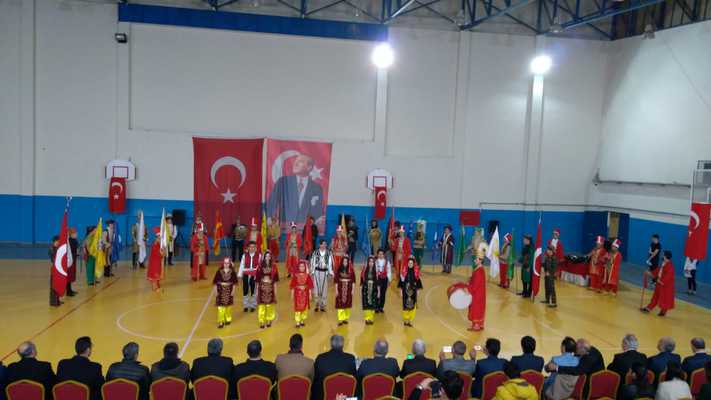
APRIL 23 INTERNATIONAL CHILDREN'S DAY
We celebrated 23 April in our school... APRIL 23 INTERNATIONAL CHILDREN'S DAY This national day (23 April National Sovereignty and Children's Day) in Turkey is a unique event. The founder of the Turkish Republic, Mustafa Kemal Atatürk, dedicated April 23 to the children of the country to emphasize that they are the future of the new nation. It was on April 23, 1920, during the War of Independence, that the Grand National Assembly met in Ankara and laid down the foundations of a new, independent, secular, and modern republic from the ashes of the Ottoman Empire. Following the defeat of the Allied invasion forces on September 9, 1922 and the signing of the Treaty of Lausanne on July 24, 1923, Ataturk started his task of establishing the institutions of the new state. Over the next eight years, Ataturk and his followers adopted sweeping reforms to create a modern Turkey, divorced from her Ottoman past. In unprecedented moves, he dedicated the sovereignty day to the children and entrusted in the hands of the youth the protection of this sovereignty and independence. Every year, the children in Turkey celebrate this "Sovereignty and Children's Day" as a national holiday. Schools participate in week-long ceremonies marked by performances in all fields in large stadiums watched by the entire nation. Among the activities on this day, the children send their representatives to replace state officials and high ranking bureaucrats in their offices. The President, the Prime Minister, the Cabinet Ministers, provincial governors all turn over their positions to children's representatives. These children, in turn, sign executive orders relating to educational and environmental policies. On this day, the children also replace the parliamentarians in the Grand National Assembly and hold a special session to discuss matters concerning children's issues. Over the last two decades, the Turkish officials have been working hard to internationalize this important day. Their efforts resulted in large number of world states' sending groups of children to Turkey to participate in the above stated festivities. During their stay in Turkey, the foreign children are housed in Turkish homes and find an important opportunity to interact with the Turkish kids and learn about each other's countries and cultures. The foreign children groups also participate in the special session of the Grand National Assembly. This results in a truly international Assembly where children pledge their commitment to international peace and brotherhood. The importance of April 23 as a special day of children has been recognized by the international community. UNICEF decided to recognize this important day as the International Children's Day.
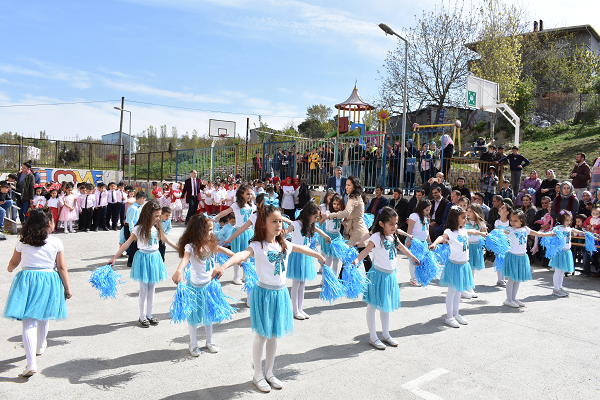

In Gambettola, at Easter Monday and the following Sunday there is a big Carnival parade.
This festival has its own peculiarity: it is the only carnival that held in the Spring period; it is an important carnival which attracts many visitors, and it is also known outside the region. The Spring Carnival, which has very old origins, has been known since the year 1886.
The allegorical floats, these papier-mâché giants that draw the lifeblood for their construction from current events, will parade through the streets of Gambettola, with engaging choreography and throwing of sweets.
The Carnival in Gambettola is supported by a powerful organizational machine, composed of many volunteers, which at the end of the fair allows this show to take place. Children dress in costumes and take part of this beautiful and funny parade. The school’s friends committee build every year a big charriot and this year was: Super Mario Bosch. This charriot was awarded with the first prize.
